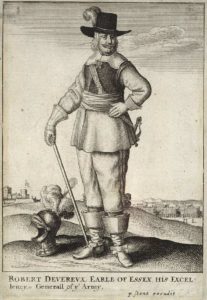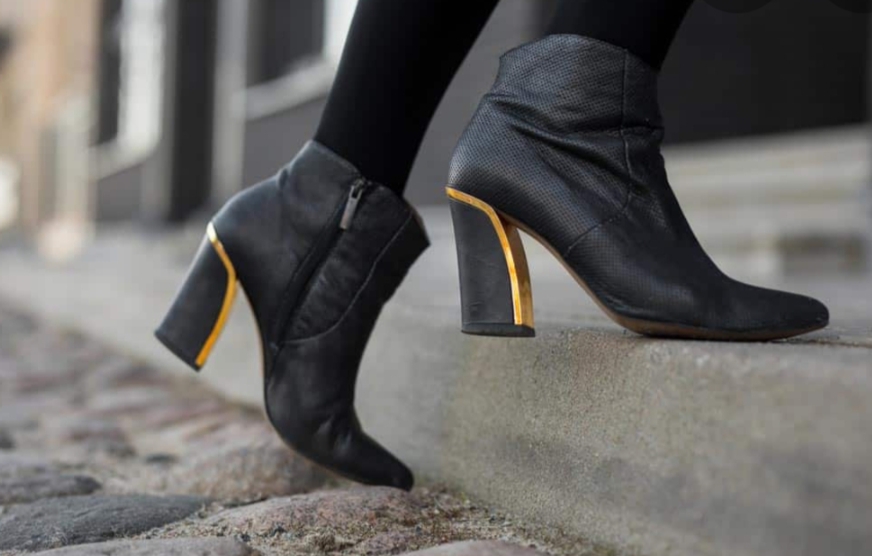Introduction
For centuries, boots have been a fashion staple favored by women around the world. To cater to their ever-changing taste, boots manufacturers have played all their cards to compete with their rivals for consumers’ hearts. Women’s boots have gone through a great revolution: elaborate designs; excellent embroidery and delicate finish. They get diverse in toe, heel, and height.
Different boots are matched with different seasons and clothing: suede boots may be favored in fall and winter than summer; OTK boots go better with miniskirts than jeans, and ankle boots are a more wearable choice for year-rounding styling.
I bet every girl or woman owns at least two pairs of boots in their closet. There are so many choices and possibilities for a female to choose from than their counterpart: boots for males are much simpler and plainer in style. It’s probably something with Darwin. Women buy and wear more boots than men, that’s what’s going on. However, what seems natural for women was exclusively for men first and foremost. Boots are the first thing on the list.
Boots
In ancient times, boots were normally worn for outside activities. So utility was more critical than appearance at that time. For a long time, the style of boots didn’t go through many changes, even modern boots share the primitive model of the ancient ones. Instead of a kind of footwear, boots seemed to become a symbol of power and wealth.
In the very beginning, they were not accessible to the average person. Boots were exclusive belongings of emperors and kings while the majority of the population went barefoot. After boots gradually got popularization, they took on a distinguishing function through the decoration on them. Average people had more work to do and they needed boots that could sustain them through hard work and protect their ankles and legs. But the noble cared more about whether their boots could show off their status. They used metal and shells to add decoration to their boots. So it was fair to say that the more ornament a pair of boots had, the mightier its owner was.
The earliest boots that were recorded and well-known to us were cavalier boots in the Middle Ages. Crafted of soft brown leather and attached with spurs on the back, cavalier boots were worn most by pirates and knights, who moved around a lot. The soft loose leather could be folded down or just hung slouch. And such an image is usually what we can see through history book illustrations. Some boots were fastened with a strap at the knee or ankle part to avoid the shafts from falling down. This same old thing appears in a new guise in modern boots and becomes an ornamental element in modern motorcycle and combat boots.

![]()
![]()
![]()
Therefore, at the very beginning, boots were made for men, especially those serving for those taking laborious work and moving about frequently. Later, the style of boots went through many changes, but was barely devious from the rudiment model.
Till the 19th century, the wind of boots gradually blew into women’s wardrobe. As women began to take more responsibility both at home and work, they tended to wear masculine-style boots for demonstration of their power and independence.
Apart from boots, there are some items that were initially made for man but today are commonly used by women:
Heeled shoes
Just like boots, heeled shoes were also primarily designed for men riding on the horses. It is believed that the first high heels were made in the 9th century for Persian warriors. The prime function of high heels was to keep feet from slipping out of the stirrups when warriors were on the horseback and keep them stable when they stood in the stirrup and shot. Then, the heel fashion came to sweep across Europe, where it was admired by the noble and became a symbol of nobility.

Purse
Purses or wallets were also initially preferred by men and knights. In the early times, wallets were plain in design. Those wallets were round and small enough to hold some coins and tiny valuables and to tie to a sword. But now, there are a great diversity of wallets or purses for women to choose from, some of which are getting incredibly expensive that purses themselves are more valuable than things put inside.
Stocking
This may come as a surprise to many as stockings are considered clothing designed exclusively to promote femininity. In the middle ages, however, stockings or “hoses” were a must-have item in men’s wardrobes. Men in medieval Europe wore them all the time while riding horses. Afterward, stocking became popular and common among the noble.
Crop tops
Crop tops are now a must-have staple of fashion for women to accentuate their curvature and elongate their silhouette, transiting them from a day on the ranch to line dancing the night away. However, such type of clothing was actually designed for men and bodybuilders as training wear. And it was perfect to show off the stomach muscles.
Victoria’s Secret
When it comes to Victoria’s Secret, people often think of lingerie and supermodels. What many people don’t know is that Victoria’s Secret was originally intended for men. In those days, a guy named Raymond felt uncomfortable buying underwear for his wife. This inspired him to create a place where men could feel relaxed while shopping for women’s underwear. That’s how Victoria’s Secret was born, to serve men.

